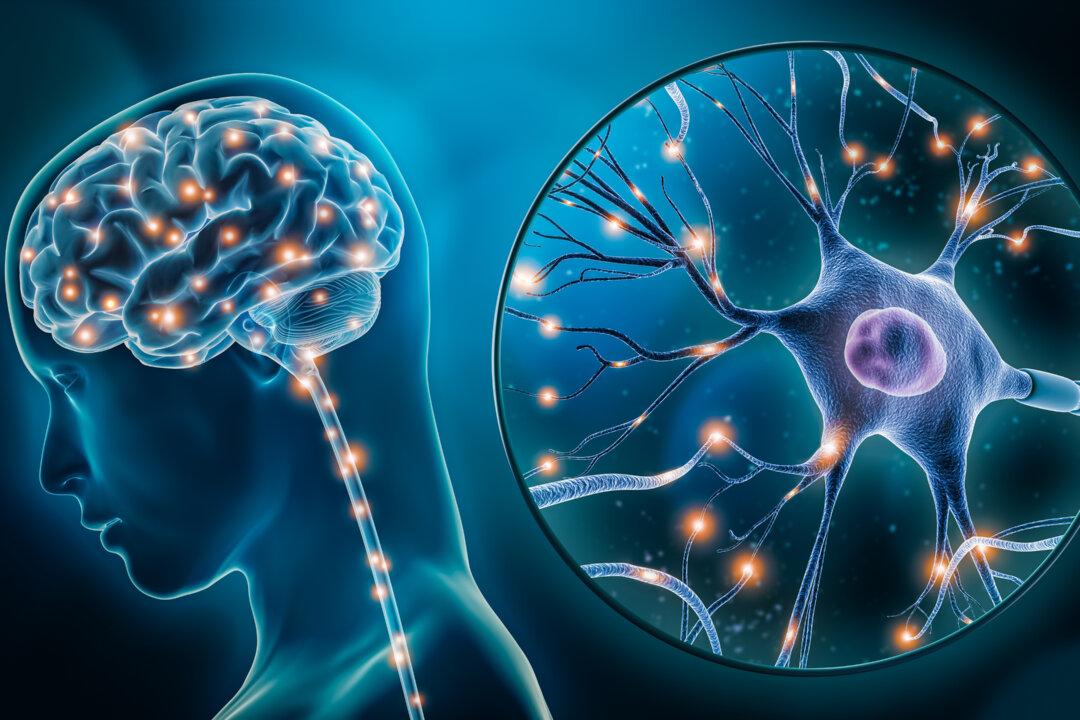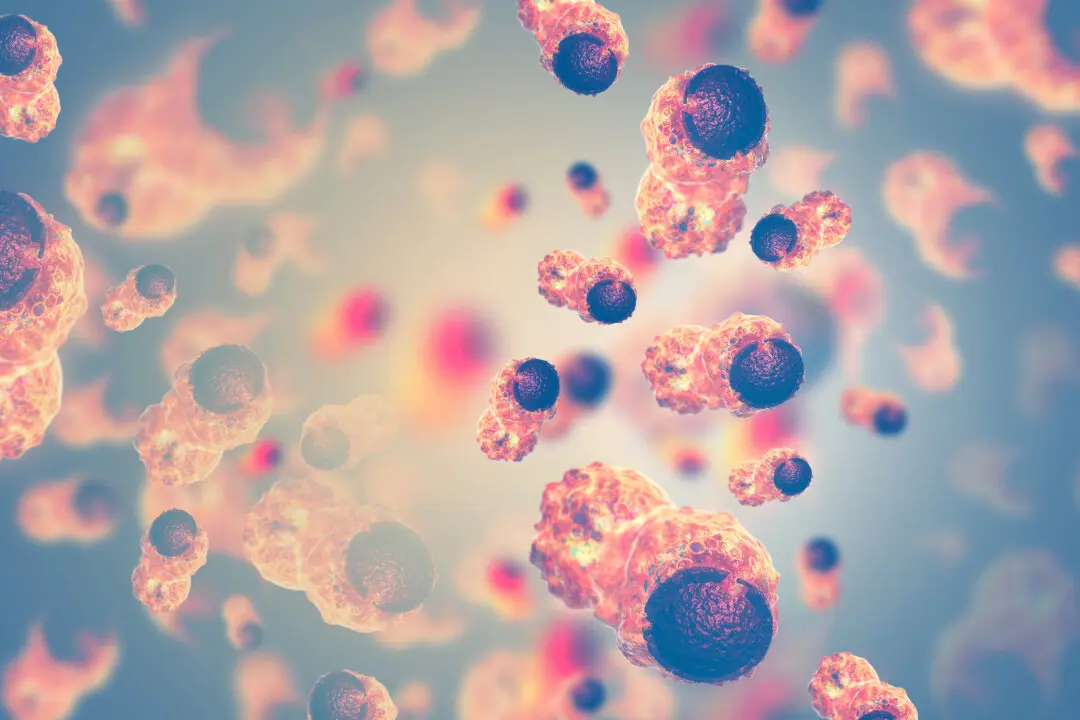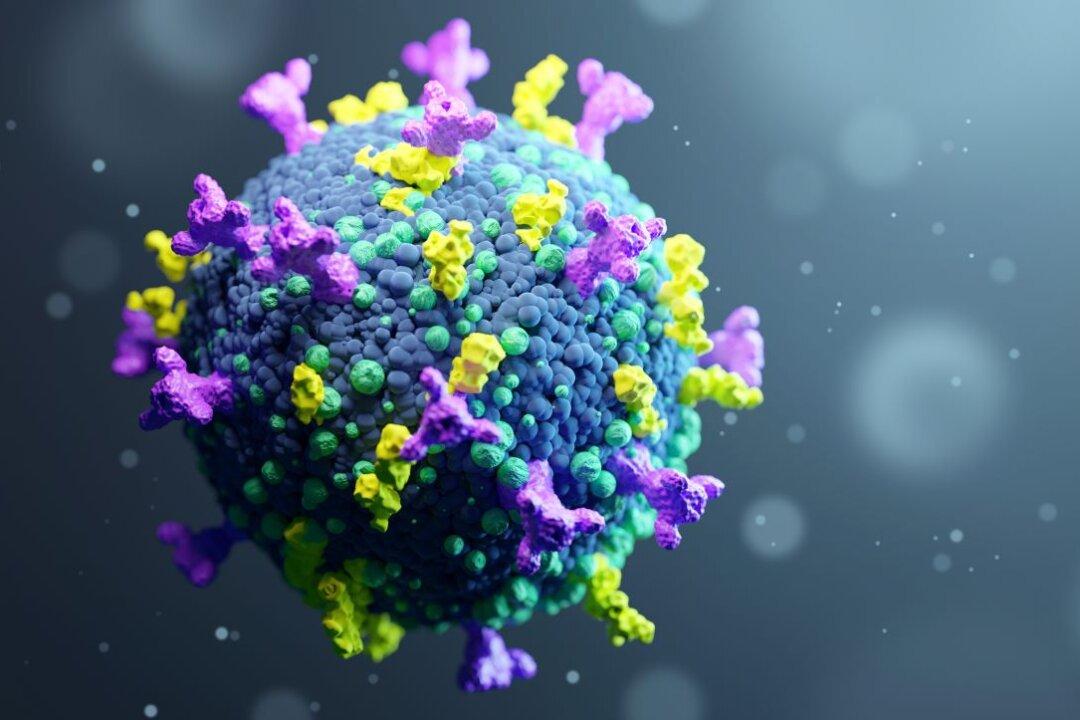When Carrie Anna McGinn woke up alone in her hotel room on Christmas morning in 2020, she thought she was experiencing the worst of her COVID symptoms. She struggled against coughing, cognitive dysfunction, pain, and postural orthostatic tachycardia syndrome.
She was isolated away from her family but expected to be back to normal in time for the New Year’s Eve celebrations. But when January came, many of her symptoms never went away, she told Macleans Magazine.






